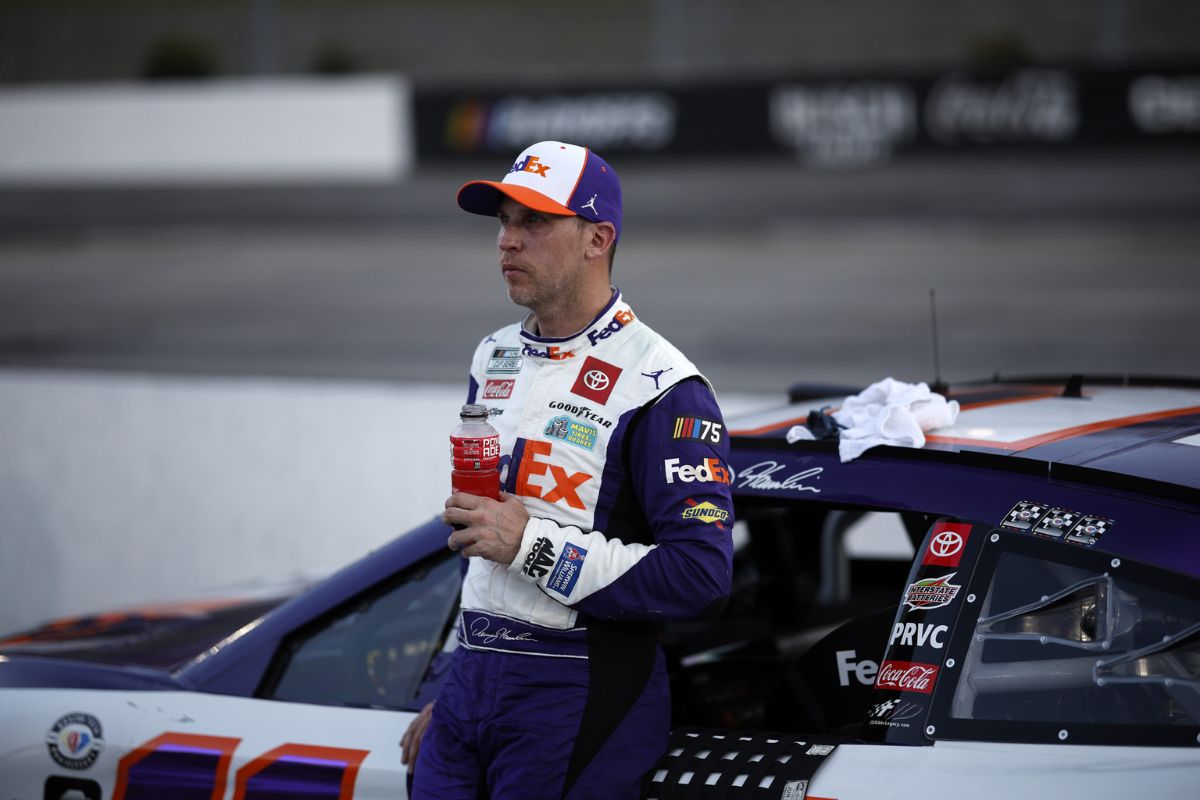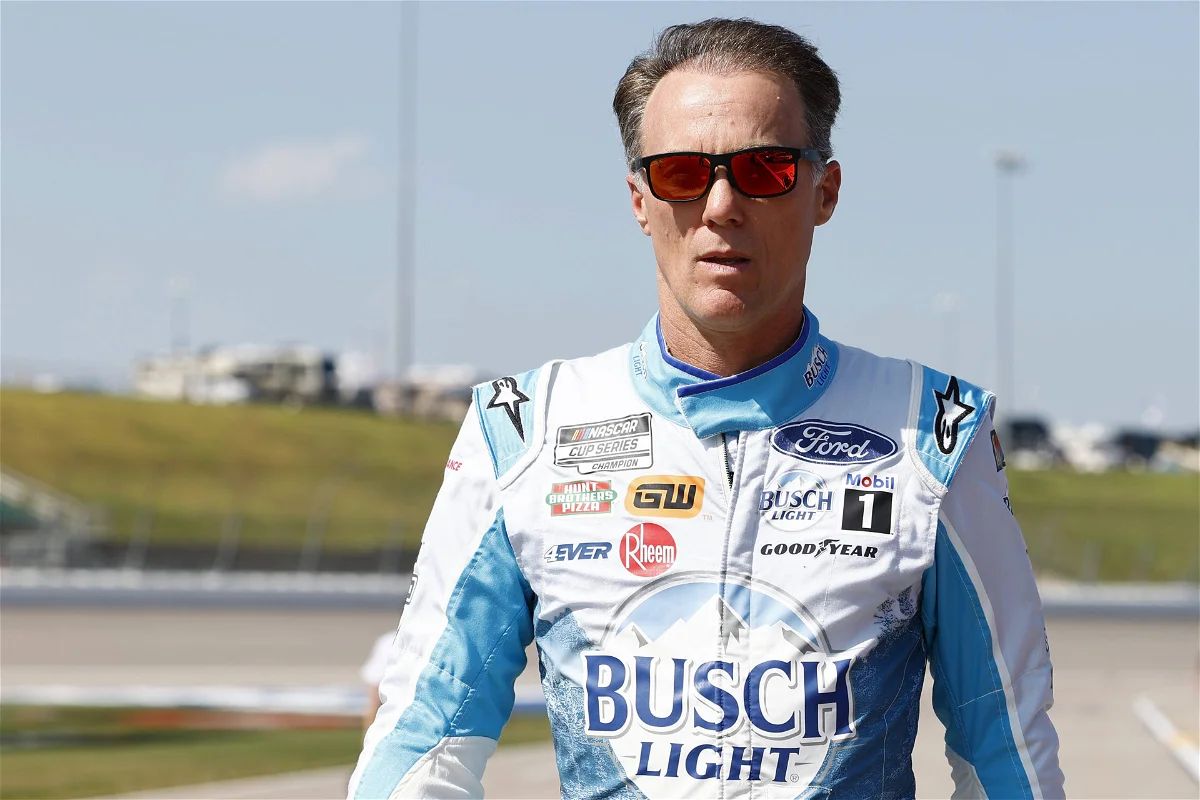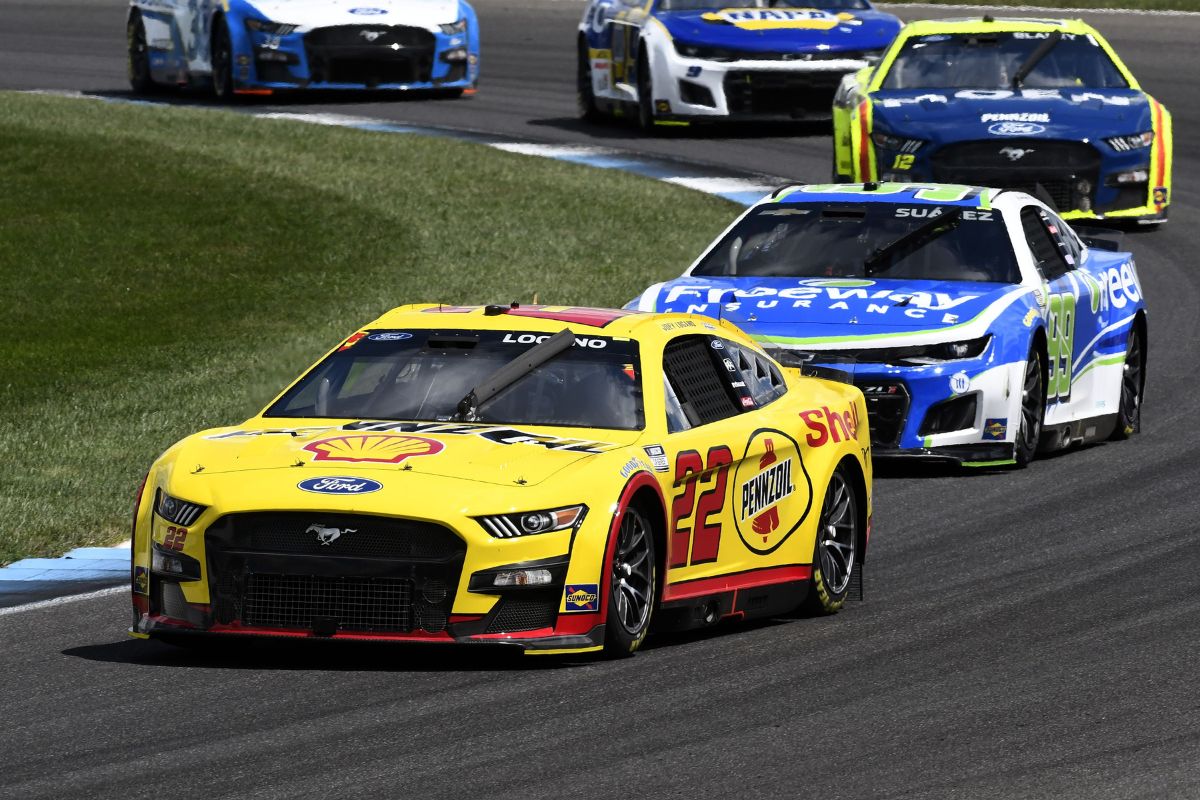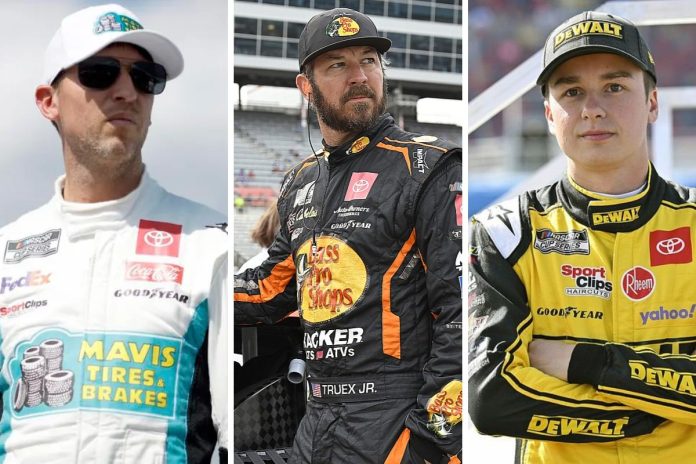Tire Wear Vs. Horsepower: In NASCAR, the ongoing debate between prioritizing tire wear and maximizing horsepower captures a complex strategic battleground. As demonstrated in recent races, teams are often split on whether to chase the raw speed that additional horsepower provides or to conserve tires for better long-term race management. This difference doesn’t just affect who wins races but also shows bigger ideas about how to use technology and strategy in the sport.
Key Takeaways
- NASCAR regulates engine power, emphasizing the importance of tire wear management for competitive performance.
- Drivers adapt their styles between conserving tires for longevity or pushing horsepower for speed.
- Effective tire management strategies include monitoring tire-rubber and track surface interaction, and timing pit stops strategically.
- Veteran drivers often prioritize tire conservation, while younger drivers may focus on maximizing horsepower for immediate track advantages.
- Ongoing debates and strategies aim to balance safety, competitive fairness, and the integrity of NASCAR races.
Denny Hamlin’s Win at Bristol Sparks Debate on Tire Wear vs. Power
Denny Hamlin’s recent victory at Bristol Motor Speedway has reignited the ongoing debate between the advantages of tire wear management versus increased horsepower in NASCAR competitions. This result has provided significant insights into contemporary racing strategies and the intricate dynamics of vehicle performance under restricted power settings. Hamlin’s comment post-race, ‘We didn’t need more horsepower today,’ emphasizes a critical perspective in this debate, highlighting the strategic manipulation of tire conditions over the sheer force of engine output.
“Bristol’s a little extreme; there’s no question about it. You want to have certain aspects where you can go 100 percent. I agree; at max, it was like 90 percent on any given lap. But again the teams could make adjustments; if nothing changes. We can go back to same tire, same conditions. I have full faith the teams would fix most of the problem.”-Hamlin
In NASCAR, the regulation of engine power is a contentious issue, with a faction advocating for increased horsepower to enrich race dynamics and speed. However, the governing body’s steadfast approach to maintain current power levels forces teams to pivot towards optimizing other elements, such as tire performance.
The strategic depth of tire wear management involves understanding the interaction between tire rubber and track surface, adjusting driving styles, and making crucial pit stops that align with tire degradation patterns. This aspect of racing requires a profound technical expertise and real-time decision-making capabilities, distinguishing it from the straightforward application of power.

Joe Gibbs Racing Stars Discuss Tire Wear at Bristol
At the recent discussion hosted by Joe Gibbs Racing, both seasoned drivers like Martin Truex Jr. and emerging talents such as Christopher Bell shared their detailed perspectives on managing tire wear during the challenging Bristol race. The dialogue highlighted a detailed understanding of how tire strategy impacts race performance, particularly on Bristol’s demanding short track.
Martin Truex Jr., with years of experience, emphasized the importance of tire preservation. He pointed out that Bristol’s concrete surface is particularly abrasive, leading to higher tire degradation. Truex advocates for a balanced approach where aggression is metered with periods of conservation, allowing for strategic pitting and tire change.
“The left sides didn’t wear at all at Bristol, right sides were gone. So even that out, we could do 60 laps, no problem, tomorrow, 100 percent.”-Truex Jr.
Christopher Bell, on the other hand, brought a slightly different perspective, focusing on the adaptive driving styles needed to combat rapid tire wear. Bell highlighted the necessity of understanding the car’s behavior as the tires wear down, adapting his driving accordingly to maintain peak speed without overburdening the tires.
“I left Bristol frustrated because I felt like it was crew chief’s race. And Denny drove the car properly, Martin drove the car properly. I’m following these guys, running the paces as these guys, and way under the tire… I’m looking at data and all of our stuff is pretty much line over line, and you have some cars that make it and some cars that don’t make it.”-Christopher Bell
Ty Gibbs, the youngest of the group, shared insights on the importance of communication with the pit crew. His approach involves constant feedback regarding tire performance, ensuring that the crew can make informed decisions about tire changes and adjustments during the race.
JGR Drivers Divided on Tire Wear vs. Power Debate
The debate on whether tire wear or horsepower holds greater significance in NASCAR, particularly at venues like Bristol, has divided opinions among Joe Gibbs Racing drivers. Kevin Harvick’s probing question, “Tire wear or Power?” has elicited a spectrum of responses, reflecting a split within the team that mirrors a broader division within the sport. At Bristol, a track notorious for its high banking and short oval, the management of tire wear can be as critical as the raw power delivered by the race car engines.
Veteran racers, with years of experience tackling Bristol’s unique challenges, generally advocate for a strategy prioritizing tire conservation. Their argument hinges on the premise that superior tire management enables sustained speed over long runs, which can be decisive in the latter stages of the race.

Conversely, the younger drivers in the Joe Gibbs stable seem to lean towards maximizing horsepower. Their perspective is grounded in the belief that greater power can provide an immediate advantage, particularly on restarts and in overtaking maneuvers.
Denny Hamlin’s Solution to Tackle Restart Zone Chaos
Amidst the ongoing debate over tire wear versus horsepower, another pivotal aspect commanding attention is Denny Hamlin’s innovative approach to managing the chaos in restart zones. Restart zones, critical points in NASCAR races, have been under scrutiny, especially following Hamlin’s controversial victory at Richmond. His method seeks to bring a structured strategy to these chaotic race segments, promising a fairer and more predictable outcome for competitors.
“The leader should have an advantage. Because right now, you just see everyone’s timing their run to the leader. So the bigger the area, the better. But agree, call it whatever it is.”-Hamlin
Hamlin’s approach to handling the restart zone chaos is multifaceted and addresses several core issues that have plagued drivers and teams similarly. By suggesting specific tactical adjustments, Hamlin aims to improve the competitive integrity of races while ensuring safety and consistency.
- Strategic Positioning: Hamlin advocates for precise positioning of cars in the restart zone to prevent the usual jostling for space that can lead to accidents and unfair advantages.
- Clear Communication Protocols: He proposes improved signaling systems between drivers and officials to guarantee that all parties have clear and timely information about the restart.
- Improved Monitoring and Enforcement: Hamlin calls for stricter enforcement of existing rules and the introduction of new guidelines to monitor actions within the restart zone more effectively.
Debate Continues: Tire Wear and Restart Zone Chaos
Discussions intensify as NASCAR stakeholders stuggle with the dual challenges of tire wear and restart zone management, seeking sustainable solutions that balance safety with competitive fairness. The ongoing debate centers around the complexities introduced by the NextGen car, particularly how its distinct characteristics exacerbate issues in the restart zone. Tire wear, traditionally a strategic factor in race dynamics, is now under scrutiny for its potential to either mitigate or magnify these issues.
Experts argue that the accelerated tire degradation observed with the NextGen cars could force drivers to adopt more conservative strategies during restarts, potentially reducing the chaotic, often aggressive actions that characterize these critical race moments. However, opponents of this view caution that increased tire wear might instead heighten risks, as drivers struggle to maintain control on worn tires, particularly in tightly packed, high-stakes restart scenarios.
The technical dimensions of the debate are intricate. Tire compounds and their interaction with different track surfaces play a significant role. Engineers and strategists are tasked with developing tire setups that can withstand the stresses of the restart zone while still providing the grip needed for effective racecraft. This involves a delicate balance of tire hardness and tread patterns, designed to optimize longevity and performance.

News in Brief: Tire Wear Vs. Horsepower
The ongoing debate in NASCAR regarding the primacy of tire wear management versus horsepower enhancement remains unresolved. This event emphasizes the critical need for teams to balance these two strategic elements. Effective management of tire wear and horsepower not only impacts race outcomes but also requires a deep understanding of vehicle dynamics, track conditions, and driver capabilities, thereby continuing to shape the competitive landscape of NASCAR.
ALSO READ: Denny Hamlin Echoes Chase Elliott’s Tire Wear Concerns After Bristol Win


